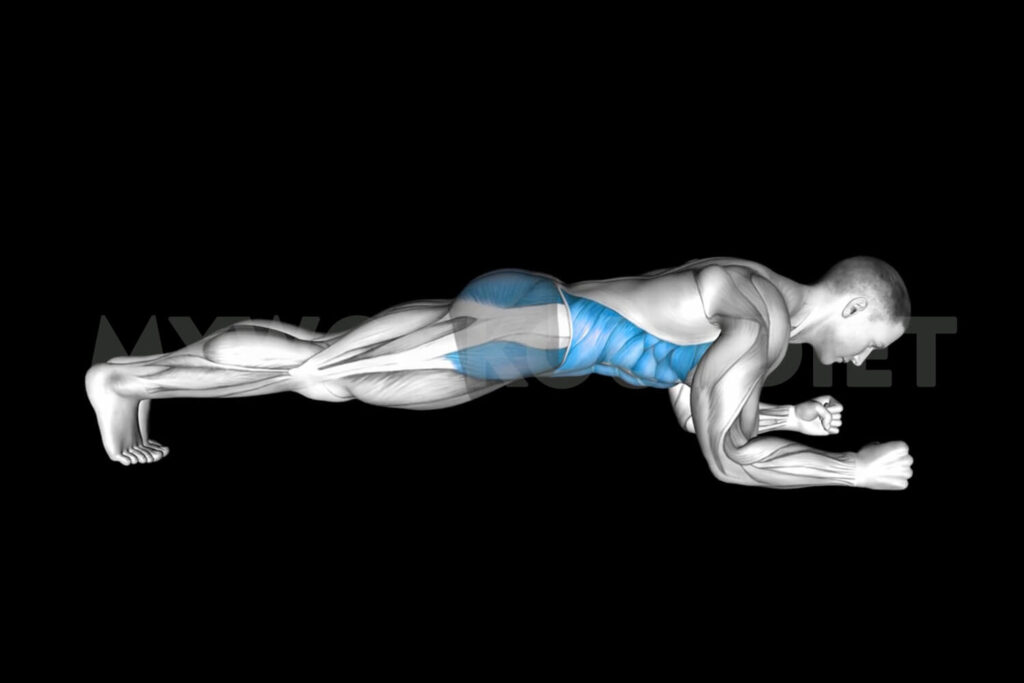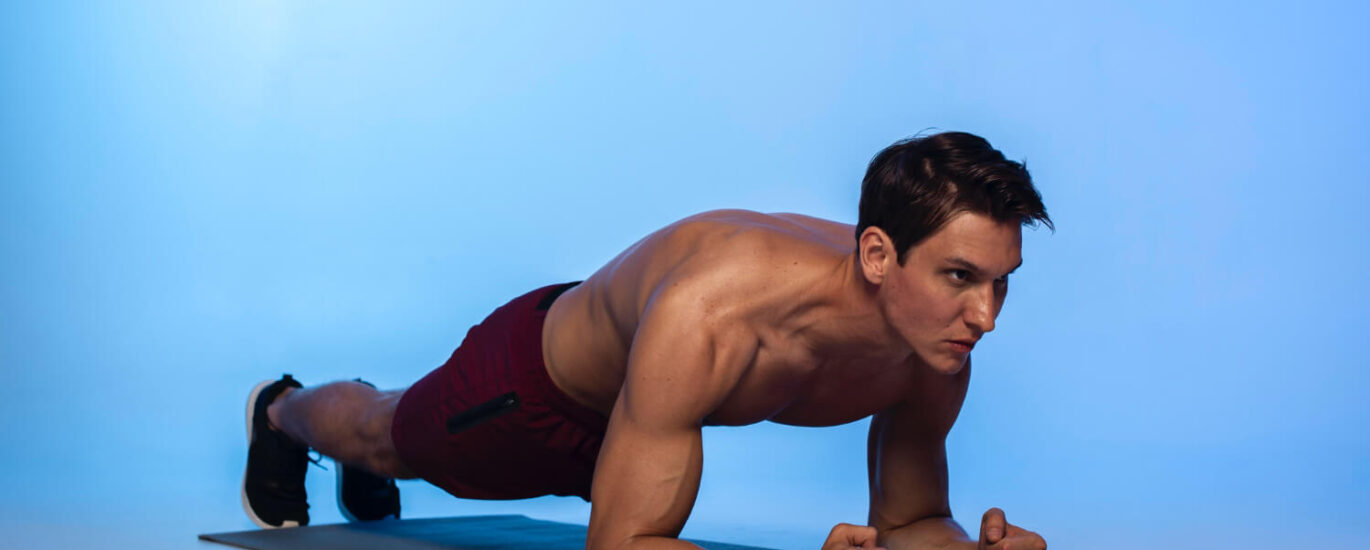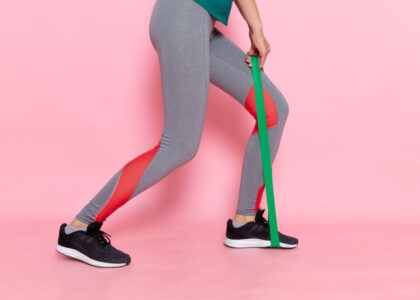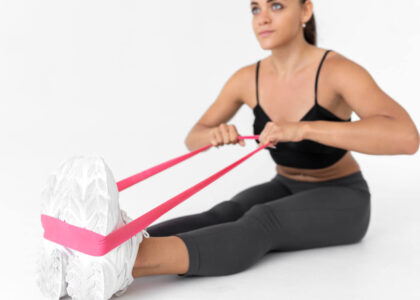Rhomboid | Hip-thurst | Squat-Plug | Chest-Workout | Sit-Ups
The plank exercise is a super effective way to strengthen your core muscles – the ones in your belly, back, and shoulders. It’s a popular exercise because it works out your whole body at once. Doing planks regularly can help improve your posture, balance, and overall core strength.
How to performing this Exercise :

- Get into a push-up position, with your hands right under your shoulders and your arms straight.
- Tighten your stomach muscles by squeezing your belly button towards your spine.
- Keep your body in a straight line from head to heels, don’t let your back sag or arch.
- Equally divide your body weight between your toes and forearms.
- Hold this position for 30 seconds to a minute, or as long as you can while keeping good form.
- Remember to breathe constantly, don’t hold your breath.
Tips for performing plank exercise:
- Make it harder by doing the plank exercise on your forearms or raising one leg.
- Squeeze your butt and leg muscles to stay stable.
- Look slightly forward to keep your spine in a neutral position.
- If you’re just starting, hold for shorter times and gradually increase.
How many calories does plank exercise burn ?
The plank exercise is an excellent isometric exercise that engages multiple muscle groups, including the core, shoulders, arms, and legs. While it may not burn as many calories as dynamic exercises like running or cycling, it can still contribute to calorie burn, especially when performed for an extended duration or as part of a full-body workout routine.
The number of calories burned during a plank exercise depends on several factors, including your body weight, the duration of the exercise, and the intensity or variation of the plank you’re performing. Generally, a person weighing around 150 pounds can expect to burn approximately 2-5 calories per minute while holding a standard forearm plank.
However, it’s important to note that the primary benefit of the plank exercise lies in its ability to strengthen and tone the core muscles, improve posture, and enhance overall stability and balance. While calorie burn is a positive side effect, the plank exercise is not primarily designed for weight loss or high-calorie expenditure.
To maximize calorie burn during plank exercises, you can incorporate more challenging variations, such as raising one leg or performing plank jacks. Additionally, combining plank exercises with other full-body strength training or cardio exercises can increase overall calorie burn during your workout session.
Plank exercises for beginners
If you’re new to plank exercises, it’s important to start with a variation that suits your current fitness level and gradually work your way up to more challenging forms. The key is to maintain proper form and avoid straining your body excessively. Here are some beginner-friendly plank exercises:
- Kneeling plank: Instead of starting in a full plank position on your toes, begin by placing your knees on the floor. Keep your body in a straight line from your knees to your head, engage your core muscles, and hold the position for 10-15 seconds. This variation takes some of the pressure off your lower body and allows you to focus on engaging your core muscles correctly.
- Forearm plank: This variation is slightly easier than the full plank position. Start by lying on your stomach, and then prop yourself up on your forearms, keeping your elbows directly under your shoulders. Engage your core and maintain a straight line from your heels to your head. Hold for 10-15 seconds and gradually increase the duration as you get stronger.
- Side plank: The side plank is an excellent exercise for targeting your obliques (side abdominal muscles). Lie on your side, prop yourself up on your forearm and foot, and lift your hips off the ground, creating a straight line from your ankles to your shoulders. Hold for 10-15 seconds on each side.
- Wall plank: If you find the regular plank too challenging initially, you can perform a wall plank. Stand facing a wall, place your hands on the wall at shoulder height, and lean your body forward, creating a straight line from your heels to your head. Hold for 10-15 seconds.
- Plank with knee taps: Once you’ve mastered the basic plank, you can add a slight challenge by alternating tapping your knees to the floor. This engages your core muscles even further while introducing a dynamic element.







